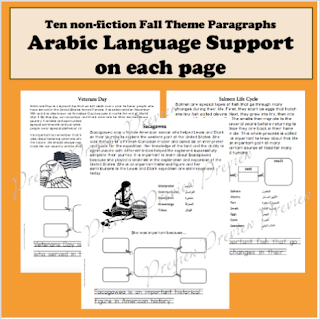As educators, we are always on the lookout for innovative ways to teach cultural diversity and foster creativity in our classrooms. One captivating art form that can enrich our students' learning experiences is Haida art, originating from the indigenous peoples of the Pacific Northwest. In this blog, we will explore how to effectively teach Haida art using our stunning coloring pages, while incorporating traditional colors and connecting it to the life cycle of frogs.
Haida art is characterized by its bold lines, balance, symmetry, and compact designs. To provide an authentic experience, introduce students to the traditional colors used in Haida art: white, black, burgundy red, blue, and green. Explain to your students that these colors hold cultural significance for the Haida people and have been passed down through generations.
 |
| Get Your Coloring Pages Today: LINK |
Our coloring pages are a treasure trove of Haida art designs and legends. Encourage your students to carefully observe the intricate patterns and lines in each image. Discuss the importance of storytelling in Haida culture and how these legends are interwoven with their artwork.
The frog is a sacred animal in Haida culture, and its life cycle holds great significance. Utilize the images of the frog in our coloring pages to supplement your life cycle of the frog curriculum. Ask students to color the frog images using the traditional Haida colors, emphasizing the importance of symbolism in Haida art. This exercise will help students make connections between art, culture, and science.
While traditional colors are recommended, allow your students to express their creativity by using shading and different color intensities within the given color palette. Encourage them to think critically about how they can bring out the beauty and details of the Haida designs using the limited colors.
Create a visually captivating display of your students' colored pages in your classroom or school hallway. Highlight the uniqueness of each student's interpretation and celebrate their efforts in embracing Haida art. This display can serve as a reminder of the cultural diversity within your learning community.
Teaching Haida art through coloring pages is an engaging and enriching experience for students. By incorporating traditional colors and connecting it to the frog life cycle curriculum, we provide our students with a holistic understanding of art, culture, and science. Embrace the beauty of Haida art, ignite curiosity, and nurture a deep appreciation for indigenous cultures in your classroom. Let your students explore their creativity and witness their artwork come to life. Together, we can celebrate the diversity and heritage of the Haida people and inspire future generations of artists and cultural ambassadors.
Visit us at Anthropologist In Heels to get your Haida Coloring Pages - and Visit us on Youtube for Instructional Videos.

















